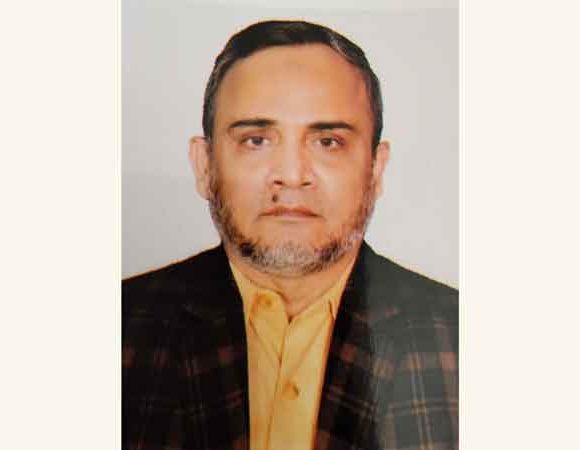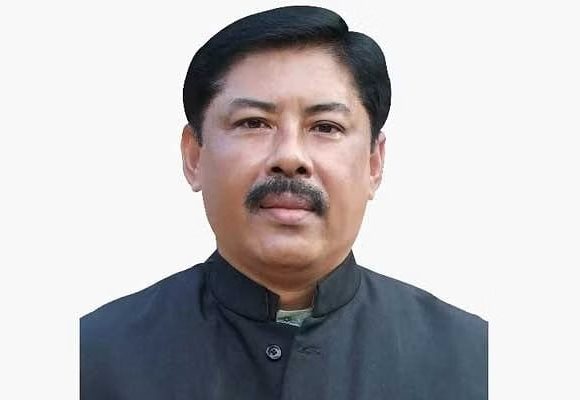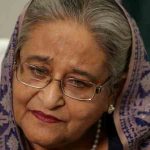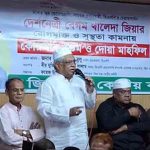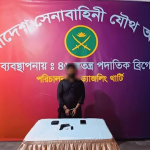Call to increase CHT parliamentary seats from three to eight

PARBATTANEWS ONLINE DESK
Civil society groups from the Chittagong Hill Tracts have called on the Election Commission (EC) to raise the number of parliamentary seats in the region from three to eight.
On Monday, 25 August, a memorandum was submitted to the Chief Election Commissioner at the EC headquarters in Agargaon. It was handed over by Engineer Shahadat Farazi Sakib, President of the Chittagong Hill Tracts Student Council, and Paishikhyi Marma, a representative of the Chittagong Hill Tracts Civil Society.
The proposal outlined the formation of eight constituencies. These would include:
- Khagrachhari-1: Ramgarh, Manikchhari, Lakshmichhari and Guimara
- Khagrachhari-2: Matiranga, Mahalchhari and Panchhari
- Khagrachhari-3: Khagrachhari Sadar and Dighinala
- Rangamati-1: Baghaichhari, Longadu and Barkal
- Rangamati-2: Sadar, Kaukhaly and Naniarchar
- Rangamati-3: Juraichhari, Bilaichhari, Kaptai and Rajsthali
- Bandarban-1: Sadar, Ruma, Thanchi and Rowangchhari
- Bandarban-2: Lama, Alikadam and Naikhyangchhari
Speaking to reporters, Paishikhyi Marma said the region was home to seven armed groups and that neighbouring countries were supporting some of their militants. “Unless eight constituencies are created in such a vast area, peace will never return to the region,” he said.
He described the Chittagong Hill Tracts as a land of immense natural beauty and potential, covering one-tenth of Bangladesh’s territory. The three hill districts—Khagrachhari, Rangamati and Bandarban—span 13,295 square kilometres, with a combined population of 1.84 million.
Currently, the three districts are represented by only three members of parliament. Civil society representatives said this has hindered development initiatives and prevented improvements in the living standards of marginalised communities. They added it was difficult for only three MPs to represent the people of 26 upazilas.
Rangamati is the largest district in Bangladesh, covering 25,116 square kilometres with 10 upazilas and a population of 647,587, according to the 2022 census. During the last general election, the constituency had 418,215 registered voters.
Speakers at the hearing argued that a single MP cannot represent such a vast and diverse district. “This is why peace has not returned to the hill areas,” they said.
Journalist and hill researcher Syed Ibne Rahmat, a resident of Rangamati, said, “The job of an MP is to make laws and raise the concerns of their constituents in parliament. But the size of Sajek Union in Rangamati is larger than the entire Dhaka district. Dhaka has 20 constituencies, while Rangamati has only one.”
He added, “There are 20 MPs for Dhaka, but only one MP for all 50 unions of Rangamati. It is impossible for any MP to visit every union. At the same time, it is not feasible for people from every union to reach their MP.”
Rahmat noted that access to development in the hills often required direct intervention from MPs. “In Dhaka, you don’t need an MP to build a road. But in the hills, even a culvert beside a road requires the MP’s recommendation. This is our reality. The same situation exists in Khagrachhari and Bandarban.”
He said increasing the number of MPs was essential. “Another reason is the diversity of communities in the region. The main groups are Marma, Tripura and Chakma, and political parties usually nominate MPs from them. But the smaller groups never get the chance to lead.”
“If parliamentary seats are increased, these smaller communities too will have the opportunity to become MPs. They will be able to voice their struggles in parliament and develop leadership. Their sense of deprivation, which sometimes drives them to take up arms, will also diminish,” Rahmat said.


